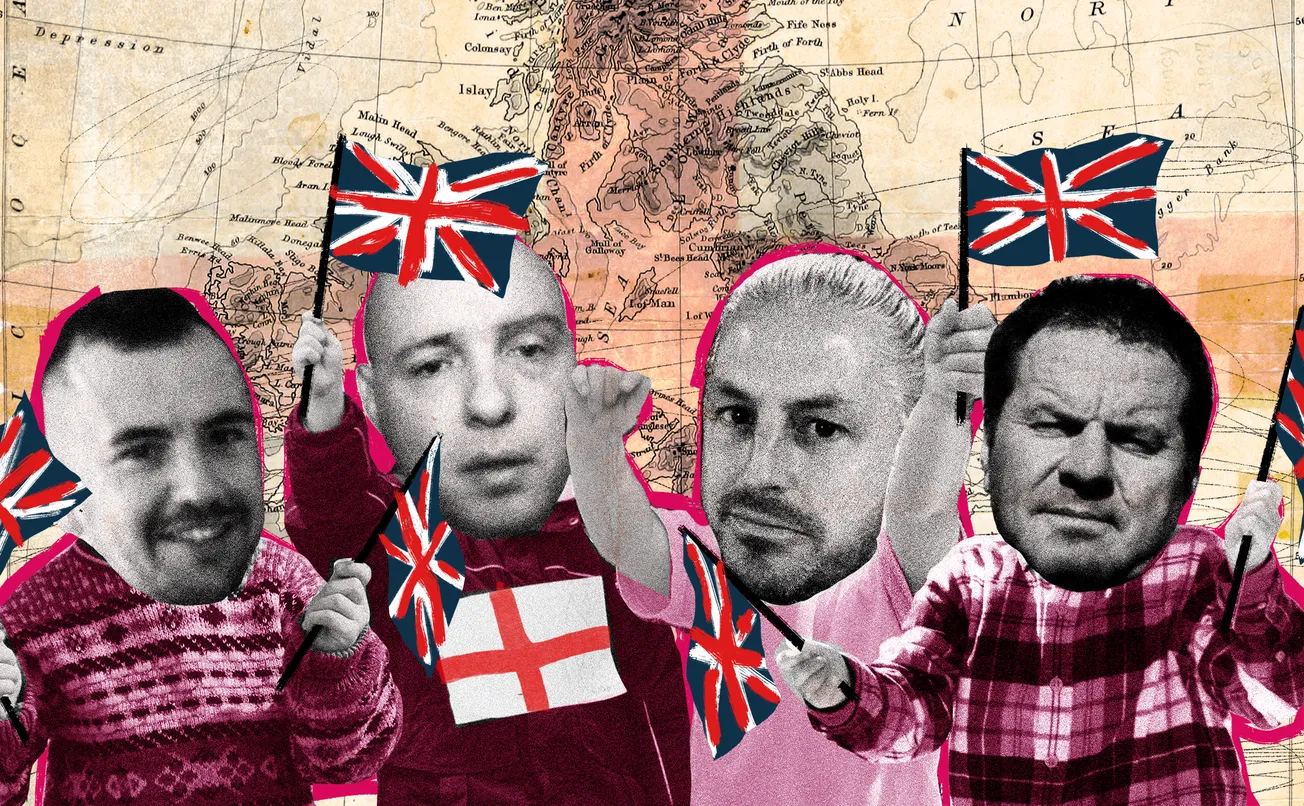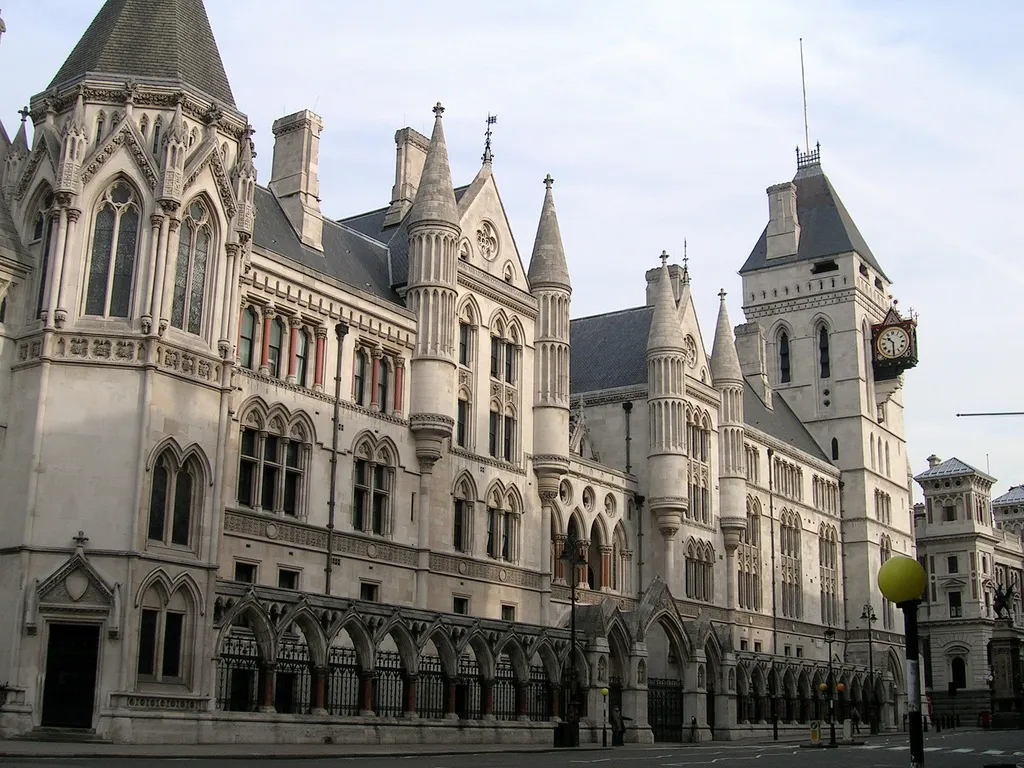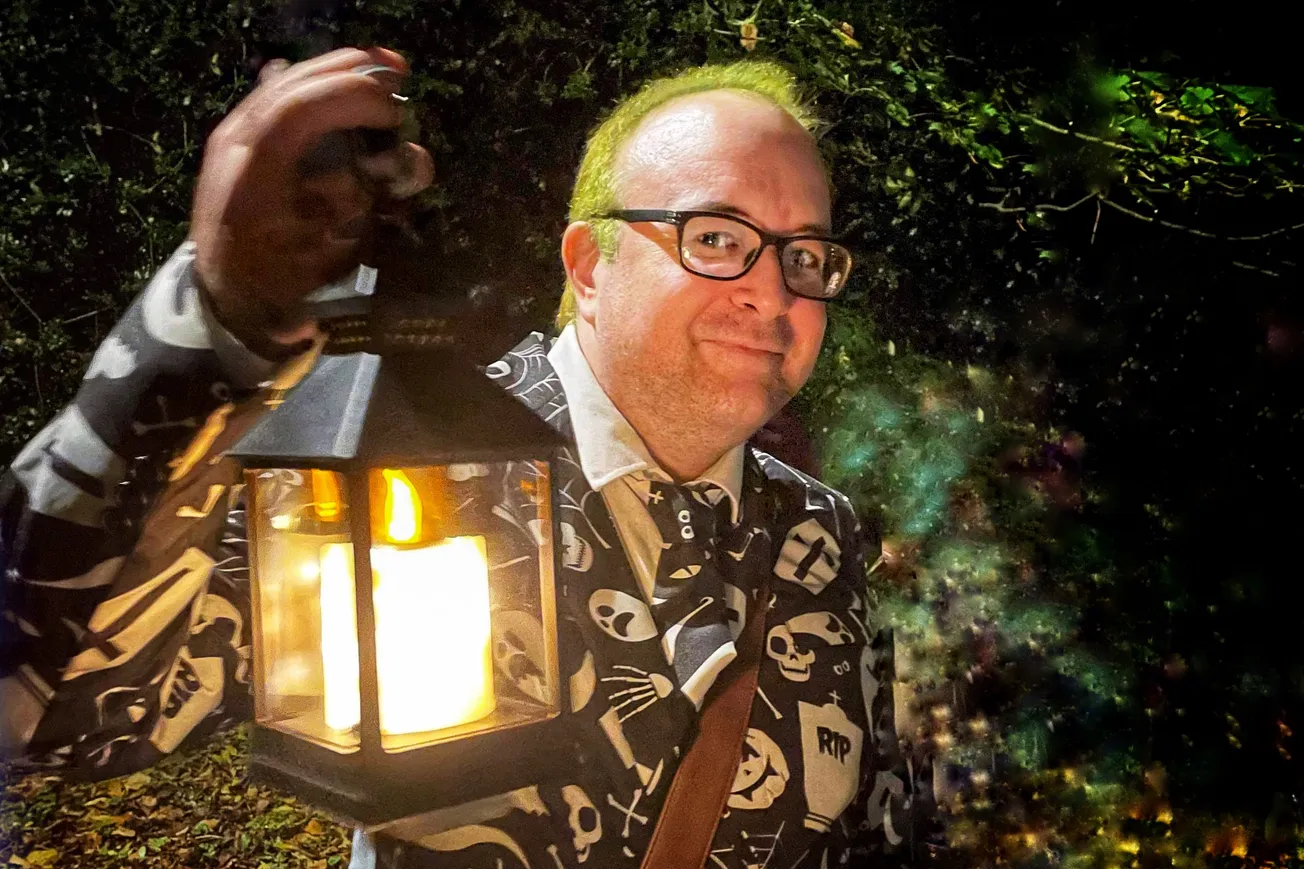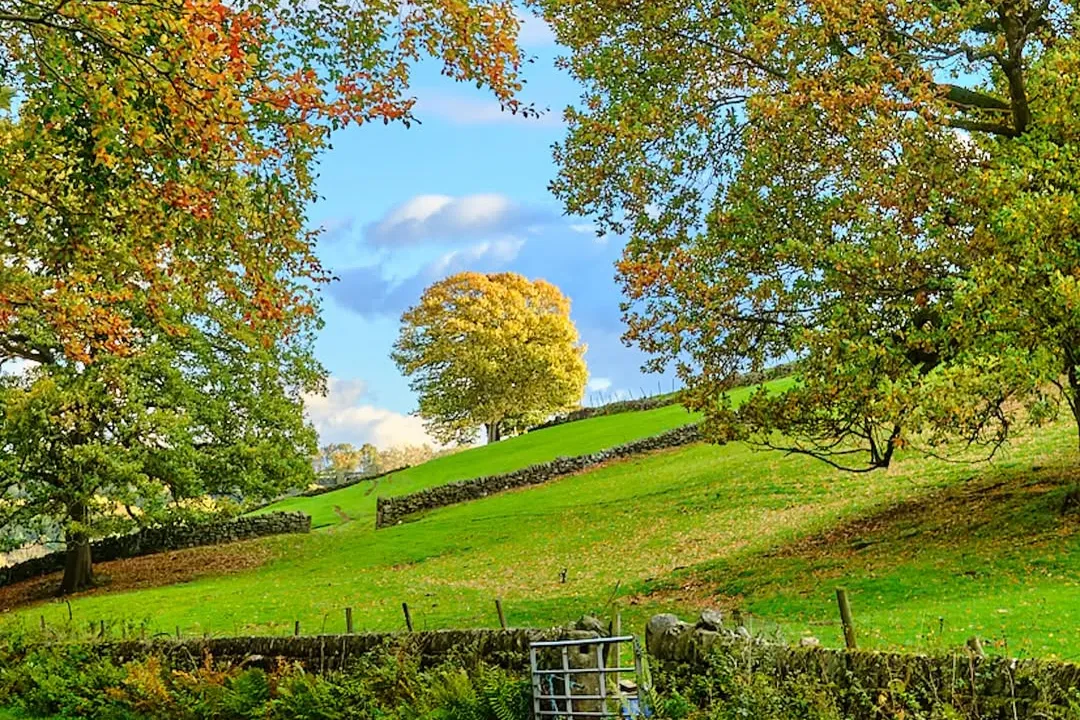If you’ve spent much time in the city centre recently, you’ll have come across cranes, hoarding, and construction workers. Sheffield is under development, and the experience of taking some side streets gives the feeling of being a rat in a particularly fiendish maze. But among the new flats and offices, an altogether different development is taking shape.
In the shadow of the old John Lewis, a new park is being created. Pound’s Park — named after Sheffield’s first Chief Fire Officer, Superintendent John Charles Pound — is well on the way to opening. I’ve come down to peek through the blue bars that, for now, keep the public firmly out. It’s 7.45am and I’m only half awake, but the builders are already hard at it, putting me to shame.

Two pointy wooden pyramids first catch the eye. A twisted, tubular metal slide lies on the ground. A few trees are planted, but most are on their sides, waiting to find their place. And, wrapped in white sheeting, a large man-made boulder waits to be clambered over by professional climbers and children alike.
A quick look at the vision for Pound’s Park reveals the idea at the centre of all the plans: play. Within this small space, we can expect “interactive water play”, “physical imaginative play”, a “play and trim trail”, “toddlers’ play” and “inclusive play”. It’s an intriguing emphasis — one which, until recently, wouldn’t feature in many city centre plans.

The idea of developing “playful” cities has been gaining currency among urban development thinkers. At its heart is the conviction that when we design our cities, we should think first of our children, who, more than anything, want to play. It’s an instinct that doesn’t die with adulthood — we all want to explore and enjoy our urban spaces, not merely pass through them to achieve functional goals.
And play can “activate” spaces (to use the jargon). Anyone who has sat in the Peace Gardens in summer, where children happily splash in the fountains and teenagers dare each other to run through, will know how this creates a focal point for a wider space. Suddenly, the setting comes to life, and people are drawn towards it.

How good a city is Sheffield to play in? One way to answer that is looking at the provision of parks and playgrounds. The map below shows the city’s public green spaces and their entry points.
A proud Victorian tradition of landowners bequeathing parks has led to a pretty broad coverage (the story goes that Bingham Park in the west of the city was donated by Sir John Bingham, who one day asked his wife whether she would like a set of jewels, or for him to give the land she could see to the children of Sheffield. Thanks to Lady Bingham, we can enjoy what is surely one of the city’s best spots for sledging). In the city centre, however, parks are small, and few and far between.

Tirana, Albania, is one interesting case study. Ten years ago, the city had no play areas. The city embarked on a programme to turn idle spaces into play areas so every neighbourhood has one. There are now fifty-four of them. The city has also opened up school facilities to the local community, allowing green spaces and sports facilities to be used by all. Tirana has form for bold ideas — in the 1990s, with a crumbling city and no money the Mayor embarked on a programme of painting old communist blocks in bright shades. The subsequent reduction in crime and increase in tax revenue defied all expectations.
Then there’s Istanbul, which has taken the challenge so seriously they have appointed a Chief of Play and Recreation and are in the process of creating a Play Master Plan. To inform this they are collating a dataset of all the city’s playgrounds, looking at their location, accessibility, features, and “play value” — which includes the diversity of colour and material, the range of activities, and opportunities for developing the senses.

But is play, and exploration, just something we design into specific places? Or should we be trying to encourage it across Sheffield in general?
The evidence suggests that the ability of children to play and explore unsupervised has been severely curtailed over recent generations. One study looked at the experiences of four generations of the same Sheffield family. Each generation was asked how far they would go from the house unsupervised at the age of eight. While the great grandfather recalled being allowed to walk six miles to go fishing, the youngest in the family could only go to the end of the road alone. The resulting maps show just how drastically a child’s right to roam has been curtailed.

This has serious consequences for children growing up in Sheffield. Play with other children is tied to a host of social skills. Chances to be away from adults allow imagination to develop and build resilience. Self-led exploration in early life is linked to better navigational skills in later life — with one theory being that observed differences in male and female navigational skills are due principally to parents being more protective of their daughters, providing them less freedom to explore at a young age.
What has caused this rapid contraction in how far children can go? The fear of strangers has grown in recent decades, abetted by some sections of the media which have emphasised (and exaggerated) the threat from paedophiles. But a second — and in my view, more significant — factor is that vehicle ownership has exploded. Our roads are filled with fast-moving, life-threatening, cars that simply weren’t there a hundred years ago. Fears for children’s safety are not illusory — between 2018 and 2020, 261 children were killed or seriously injured in road traffic accidents in Yorkshire and Humber alone.

And car-lined streets have another effect, by taking away spaces for adults to congregate in the street. This means we lose “passive surveillance”, where adults know which child belongs to which family and can keep an eye out to make sure they’re safe. The vehicle revolution has happened so quickly and comprehensively, we struggle to believe that in living memory most streets were safe for children to play in without direct supervision.
We should welcome Pound’s Park as a well-designed space for children to play in the city centre. But a park on its own will never fulfil the needs of children to roam. Making our city safe by slowing cars down and taking cars out will do much more. If we are willing to see Sheffield through the eyes of our children, we can create a place where play is the norm, and not the exception.
If this is the first story you’ve read on The Tribune, welcome! We’re a new quality news outlet covering Sheffield, founded in 2021 and run by a team of independent journalists. To get our stories in your inbox every week, join our free mailing list below.
Comments
How to comment:
If you are already a member,
click here to sign in
and leave a comment.
If you aren't a member,
sign up here
to be able to leave a comment.
To add your photo, click here to create a profile on Gravatar.







